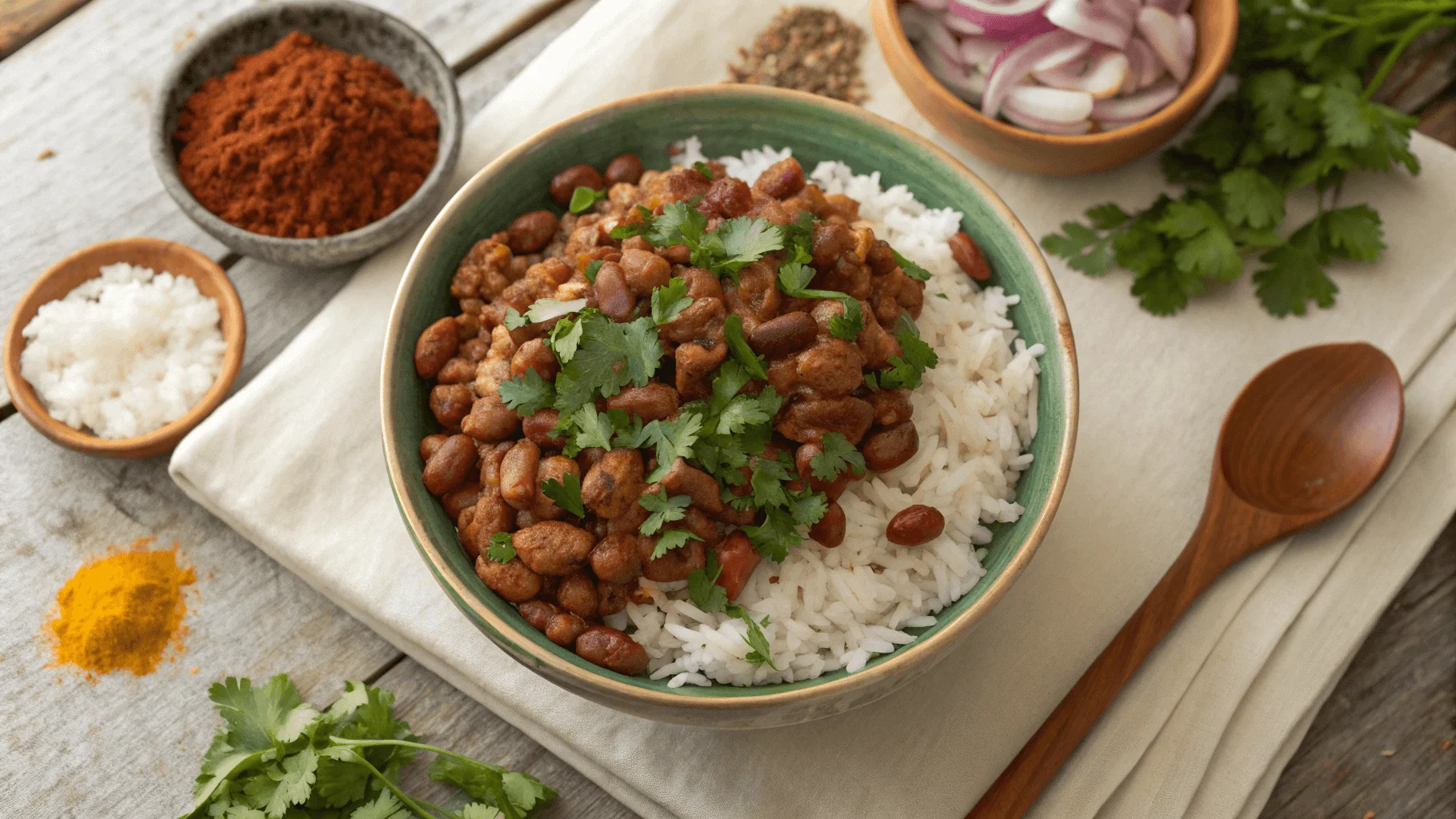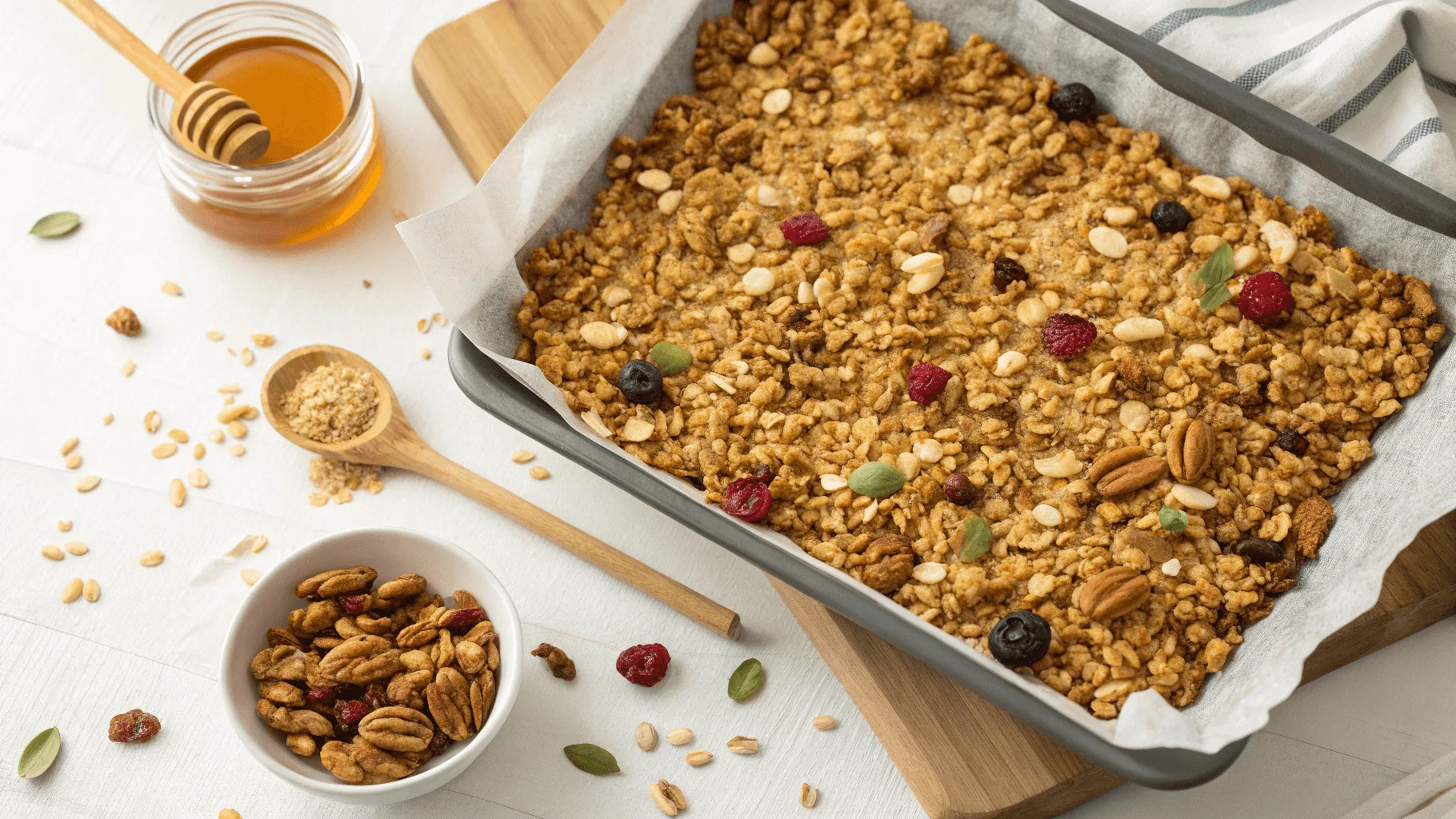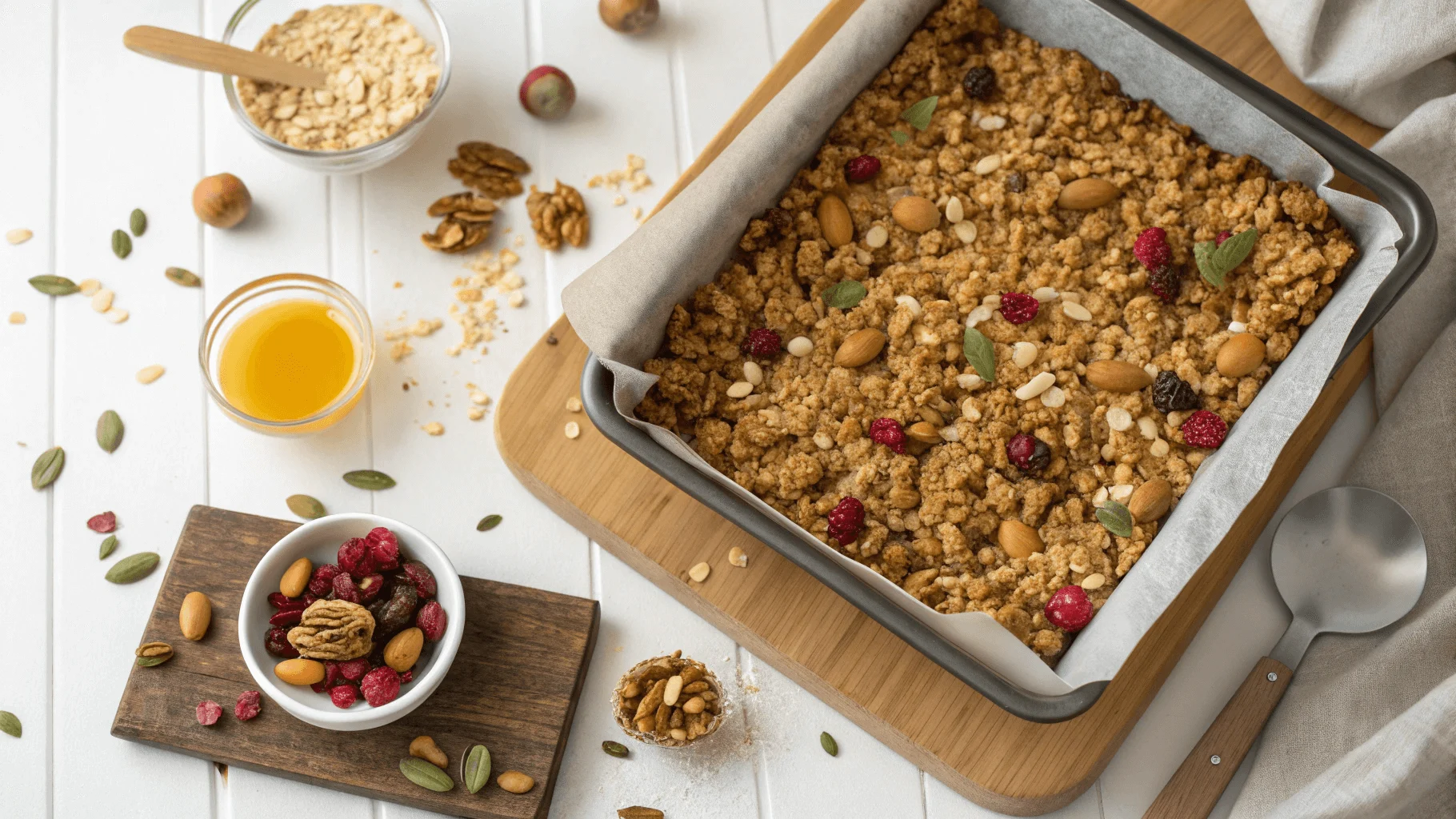Peanut butter and whole grain bread are two popular staples in many households. Individually, both are known for their health benefits and versatility in the kitchen. But the question arises: Can I eat peanut butter with whole grain bread? This combination offers more than just a delicious snack—it can provide a nutritional boost to your diet when consumed correctly. In this article, we will explore the health benefits of both peanut butter and whole grain bread, examine how they work together, and answer common questions regarding their consumption.
Health Benefits of Peanut Butter
Peanut butter is more than just a delicious spread for your toast or sandwiches. It’s a nutrient-rich food that offers a variety of health benefits. Whether you enjoy it as a snack, a topping, or an ingredient in your meals, peanut butter is a great source of essential nutrients that can support overall health.
Nutritional Value of Peanut Butter
Peanut butter is packed with nutrients that can contribute to a balanced diet. It’s a rich source of protein, healthy fats, and essential vitamins and minerals. Typically, one serving of peanut butter provides:
- Protein: About 8 grams per 2 tablespoons, which aids in muscle repair and growth.
- Healthy Fats: Unsaturated fats that promote heart health and improve cholesterol levels.
- Vitamins and Minerals: Such as vitamin E, magnesium, potassium, and B vitamins, which support overall health.
For more on maintaining a balanced diet with healthy foods like peanut butter, check out this guide on balancing nutrition.
Health Benefits of Eating Peanut Butter
Regular consumption of peanut butter can have numerous health benefits, including:
- Heart Health: The unsaturated fats in peanut butter can lower bad cholesterol levels and reduce the risk of heart disease.
- Blood Sugar Regulation: Peanut butter has a low glycemic index, making it a suitable snack for those looking to maintain steady blood sugar levels.
- Weight Management: It is rich in protein and fiber, which helps promote feelings of fullness, preventing overeating.
These benefits make peanut butter an excellent food to pair with whole grain bread, which we will explore next.
Health Benefits of Whole Grain Bread
Whole grain bread is widely recognized as a healthier alternative to refined white bread due to its richer nutrient profile. Made from flour that contains the entire grain—bran, germ, and endosperm—whole grain bread offers more fiber, vitamins, and minerals that contribute to overall health.
Whole Grain vs. Refined Bread: A Comparison
When you ask, Can I eat peanut butter with whole grain bread, it’s helpful to compare it with refined bread. Whole grain bread is made from flour that retains the bran, germ, and endosperm of the grain, unlike refined bread, which removes these components. This makes whole grain bread a healthier choice, offering more fiber, vitamins, and minerals. Learn more about why whole grains matter in this whole grain exploration.
Nutritional Value of Whole Grain Bread
Whole grain bread is an excellent source of fiber, which promotes digestive health and helps control blood sugar levels. Additionally, it is rich in:
- B vitamins, which support energy production.
- Magnesium, essential for muscle and nerve function.
- Iron, which is important for oxygen transport in the body.
When paired with peanut butter, whole grain bread provides a nutrient-dense, filling snack.
How Whole Grain Bread Supports Digestive Health
Whole grain bread contains high levels of fiber, which is vital for maintaining digestive health. Fiber aids in regular bowel movements, reduces constipation, and promotes a healthy gut microbiome. The combination of peanut butter with whole grain bread not only satisfies hunger but also supports digestive health due to the high fiber content in both foods.
Combining Peanut Butter with Whole Grain Bread: A Perfect Pair
When you combine peanut butter with whole grain bread, you create a wholesome, nutrient-packed snack that offers a variety of health benefits. This simple yet satisfying combination not only tastes great but also provides a balanced mix of macronutrients that support energy, satiety, and overall health. Here’s why this pairing works so well.
How Peanut Butter Complements the Nutrients in Whole Grain Bread
When you pair peanut butter with whole grain bread, the result is a balanced snack with a variety of essential nutrients. Peanut butter provides protein and healthy fats, while whole grain bread offers fiber and complex carbohydrates. This combination creates a satisfying meal that supports sustained energy and fullness, making it ideal for a mid-day snack or light breakfast.
Balanced Meal: Protein, Fiber, and Healthy Fats
A peanut butter and whole grain bread combination delivers a perfect balance of macronutrients:
- Protein from peanut butter helps repair tissues and build muscle.
- Fiber from the whole grain bread helps with digestion and keeps you feeling full longer.
- Healthy fats from the peanut butter support brain function and cardiovascular health.
This combination helps maintain a healthy, balanced diet.
A Delicious Snack Option for All Ages
Not only is peanut butter and whole grain bread a nutritious snack, but it’s also a tasty option that can be enjoyed by people of all ages. It’s easy to prepare, and you can customize it with additional ingredients like fruits, honey, or seeds for extra flavor and nutrition.
Peanut Butter and Whole Grain Bread: A Healthy Snack
Peanut butter and whole grain bread make a satisfying and nutritious snack. This pairing combines key nutrients that provide both short-term energy and long-term health benefits. Whether you’re looking for a quick snack, a post-workout treat, or a wholesome addition to your diet, this combination can meet your needs. Let’s dive into why peanut butter with whole grain bread is a great choice for a healthy snack.
Why This Combination is Ideal for Energy and Satiety
Eating peanut butter with whole grain bread offers a combination that provides sustained energy throughout the day. The complex carbohydrates in whole grain bread release energy slowly, while the protein and fats in peanut butter keep you feeling full longer. This makes it an excellent snack for individuals needing quick energy without the risk of a blood sugar crash.
How It Supports Weight Management and Healthy Eating Habits
For those looking to maintain or lose weight, this spread with whole grain can be a great snack choice. The combination of protein, fiber, and healthy fats helps regulate hunger and prevent overeating. By choosing this nutritious option, you can avoid processed snacks that offer little nutritional value.
Is Peanut Butter and Whole Grain Bread Suitable for Athletes?
Yes, this spread with whole grain is a great snack for athletes. The protein in the spread aids in muscle recovery, while the carbohydrates from the grain help replenish glycogen stores after a workout. This combination is perfect for fueling the body before or after exercise.
Can I Eat Peanut Butter with Whole Grain Bread Every Day?
This spread with whole grain can be part of a healthy daily diet, but like with any food, moderation is key. While this combination offers a variety of health benefits, it’s important to consume it in appropriate portions to maintain a balanced diet. Let’s explore whether it’s safe and beneficial to eat this spread with whole grain every day.
Moderation is Key: Benefits of Daily Consumption
Consuming peanut butter with whole grain bread daily can be part of a healthy diet, as long as it’s in moderation. Peanut butter is nutrient-dense, and while it’s beneficial, eating too much can increase calorie intake. Portion control is essential to avoid consuming excess calories.
Possible Downsides and How to Avoid Overconsumption
While peanut butter is healthy, it’s also high in calories, and overconsumption can lead to weight gain. To avoid this, use peanut butter in moderation and consider portion sizes. A tablespoon or two of peanut butter on a slice of whole grain bread is typically sufficient for a satisfying snack.
Ideal Portion Sizes for a Balanced Diet
For a balanced diet, aim for one to two tablespoons of peanut butter per slice of whole grain bread. This portion provides the necessary nutrients without excessive calories, ensuring a healthy and satisfying snack.
Alternatives to Peanut Butter with Whole Grain Bread
While peanut butter with whole grain bread is a nutritious and satisfying snack, there are plenty of other delicious alternatives that can provide similar health benefits. Whether you have allergies, dietary restrictions, or simply want to try something new, here are some great options to consider. These alternatives still offer a balanced combination of protein, healthy fats, and fiber, making them perfect substitutes.
Other Nut Butters and Whole Grain Bread Combinations
If you’re looking for variety, there are other nut butters that pair well with whole grain bread. Almond butter, cashew butter, or sunflower seed butter can be used as alternatives to peanut butter. Explore more alternatives in our healthy snacking guide.
Vegan and Allergy-Friendly Options
For individuals with peanut allergies or those following a vegan diet, there are many alternatives to the spread with whole grain. Sunflower seed butter and soy nut butter are excellent choices for allergy sufferers, and they still provide healthy fats and protein.
Sweet and Savory Variations with Whole Grain Bread
Whole grain bread can be paired with sweet or savory toppings in addition to peanut butter. Consider adding slices of fruit like bananas or apples for a sweet snack, or try a savory option with sliced cucumbers and hummus for a light meal.
Peanut Butter and Whole Grain Bread: Recipes to Try
If you’re looking for simple, delicious, and nutritious ways to enjoy peanut butter with whole grain bread, there are plenty of recipe ideas to try. These recipes offer a variety of flavors and can be customized to suit your preferences, whether you’re in the mood for something sweet, savory, or a little of both. Here are some tasty ideas to inspire your next snack or meal.
Classic Peanut Butter on Whole Grain Bread
For a simple, classic snack, spread one to two tablespoons of peanut butter on a slice of whole grain bread. This combination is quick, easy, and packed with nutrients.
Peanut Butter and Banana Whole Grain Sandwich
Spread the spread on whole grain and add slices of banana for a delicious, nutrient-dense snack. Bananas add natural sweetness and potassium, making this a great option for post-workout recovery.
Peanut Butter, Honey, and Whole Grain Toast
For a sweet twist, try spreading peanut butter on whole grain toast and drizzling with honey. This combination provides a boost of energy and a touch of sweetness without overloading on sugar.
FAQs
Can I eat peanut butter with gluten-free bread?
Yes, this spread with whole grain can be substituted with gluten-free options if you have gluten sensitivities. Gluten-free options made from rice flour or almond flour provide a similar texture and nutrition.
Is peanut butter a good source of protein?
Yes, peanut butter is an excellent source of protein. A 2-tablespoon serving typically contains about 8 grams of protein, which is beneficial for muscle growth and repair.
Is whole grain bread good for weight loss?
Whole grain bread can be beneficial for weight loss due to its high fiber content, which promotes feelings of fullness and reduces overeating.
How do I store peanut butter and whole grain bread?
Store peanut butter in a cool, dry place, and ensure it’s tightly sealed. Whole grain bread should be kept in an airtight container or breadbox to maintain freshness.
Can I eat peanut butter with other types of bread?
Yes, this spread can be paired with other types of loaves such as sourdough, rye, or gluten-free options. However, whole grain offers the most nutritional benefits.
How much peanut butter is healthy to consume daily?
A healthy daily portion of peanut butter is typically one to two tablespoons. This provides the necessary nutrients without exceeding your daily calorie intake.
Conclusion
Can I eat this spread with whole grain? The answer is yes! This combination is not only delicious but also offers a wealth of health benefits. Both ingredients are nutrient-dense and work together to provide a balanced, satisfying snack. Whether you’re seeking energy, weight management, or a tasty treat, this pairing is a great choice for any diet. Just remember to enjoy it in moderation to maintain a balanced, healthy lifestyle.





